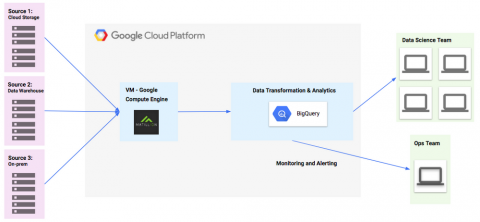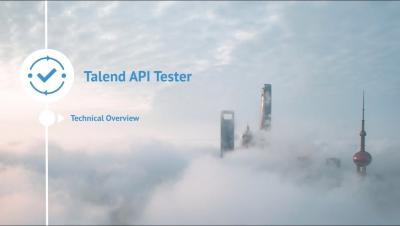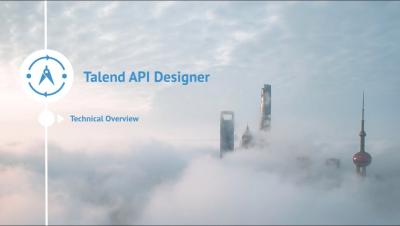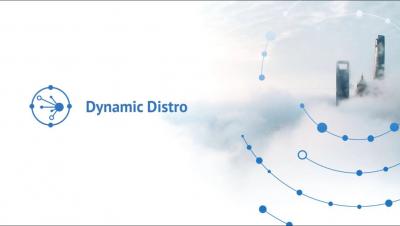Systems | Development | Analytics | API | Testing
BI
Analytics + Automation = More bad news
We’re in the early stages of a dramatic transition for the analytics industry. More and more of the jobs that were previously done by analysts are being automated. Technology is changing the way organizations receive information. People are being alerted to both good and bad news as it happens and this has profound behavioral consequences for organizations.
Building Fast-twitch Organizations
In today’s digital world, staying ahead of the curve is a constant challenge for organizations. The pace of business is exponentially higher now than it was even a decade ago. Technology is evolving, and the ability to keep current has become a critical success factor. Organizations need to embrace constant and rapid change. They need to equip all employees with information, motivation, and support to think critically and systemically, allowing them to innovate and reduce waste.
5 Recipes for Not Becoming the Data Turkey of Your Organization
With Thanksgiving around the corner, it's a perfect moment to take a step back and get some recipes to be data savvy within your organization. Fortunately, Talend experts have a recipe for data success that will help you to stay above the fray.
Finding data insights faster with BigQuery and GCP Marketplace solutions
There are plenty of trends and hot topics in the enterprise technology market today. One common area we hear about from users is that there’s a lot of data to collect, manage, and analyze. And whatever industry you’re in, you probably want to do something more with your data. We built BigQuery, one of the important tools in the Google Cloud Platform (GCP) arsenal, to provide serverless cloud data warehousing and analytics with built-in machine learning to meet modern data needs.
A Serverless Architecture for Big Data
A popular term emerging from the software industry over the last few years is serverless computing, more commonly referred to as just “serverless”. So what does it mean? In its simplest form, a serverless architecture is a computing model where a service provider dynamically manages the allocation of computing resources based on a Service Level Agreement (SLA), provisioning and running resources only for the time needed and without requiring end-user involvement.
Getting Started with Talend Open Studio: Building Your First Job
In the previous blog, we walked through the installation and set-up of Talend Open Studio and briefly demonstrated key features to familiarize you with the Studio interface. In this blog, we will build a simple job to load data from a local file into Snowflake, a cloud data warehouse technology. More specifically, we will build a new job that takes customer data from your local machine and maps it to a target table within Snowflake.









